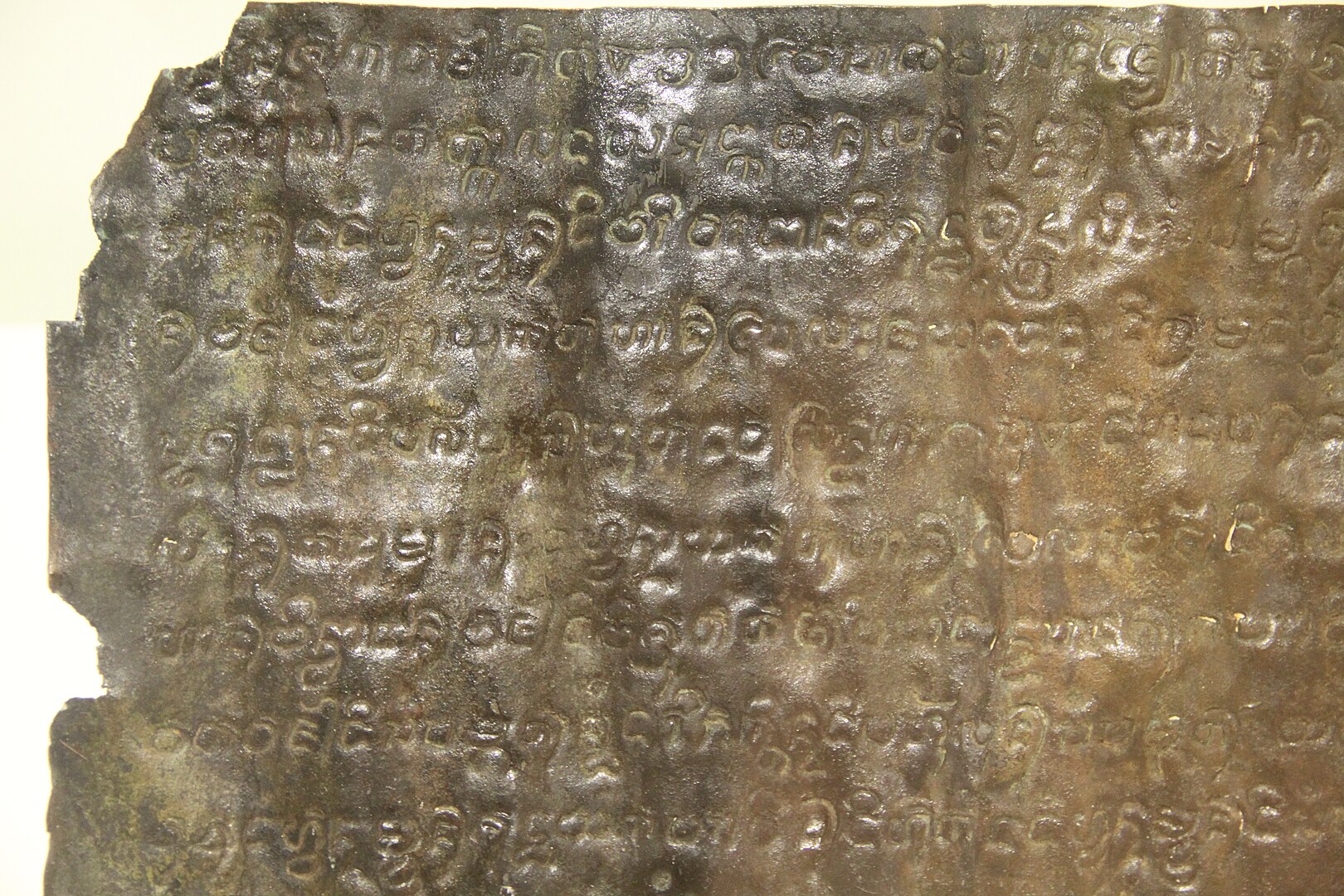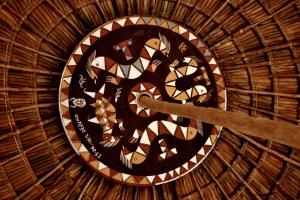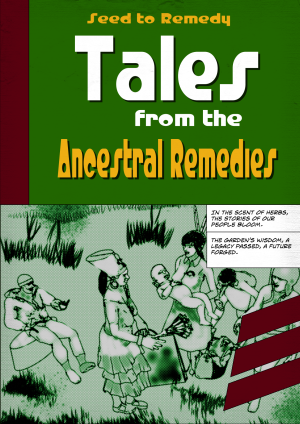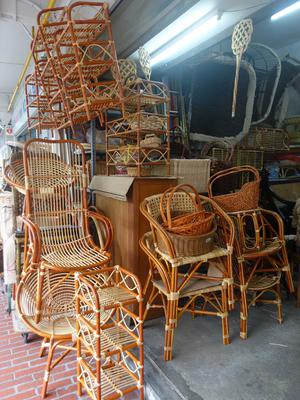Baybayin is one of the Philippines’ most widely used ancient scripts, as used in the Laguna Copperplate (shown in the photo) codifying the payment of a certain debt.
Stemming from the Tagalog word “baybay,” meaning “to spell,” archaeological and historical records suggest that the Baybayin was used between the 14th to 16th centuries, coinciding with the Filipinos’ active trade with their Malaysian and Indonesian neighbors, who were then using the Kawi script. The emergence of the Baybayin and Kawi scripts testify to maritime Southeast Asia’s interactions with Indian traders as both scripts appear to descend from the Brahmic or Indic script, a script widely used in India during the reign of Emperor Ashoka.
As of this writing, only four indigenous groups are known to be using this script (Brookes, 2021; Griffiths, 2018; Hartmann, 1986; Kuipers & Bhaskararao, 2003; Postma, 1992; Wade, 1993).
Text by Raizel Albano, Founder and Director of Anthro on Foot Audio Walking Tours
| References |
- Photo Credit: By Gary Todd from Xinzheng, China - Laguna Copper-Plate Inscription, c. 10th Century AD, CC0, https://commons.wikimedia.org/w/index.php?curid=92364353
- Brookes, T. (2021, April 21). Southeast Asian Scripts: From the Centers to the Margins [Video]. Part of the Library’s “Endangered Alphabets and Why We Write” lecture series, The Library of Congress. https://www.loc.gov/item/webcast-9855/
- Griffiths, A. (2018). The Corpus of Inscriptions in the Old Malay Language. In D. Perret (Ed.), Writing for Eternity: A Survey of Epigraphy in Southeast Asia (pp. 275–283). École française d’Extrême-Orient. https://hal.archives-ouvertes.fr/hal-01920769
- Hartmann, J. F. (1986). The Spread of South Indic Scripts in Southeast Asia. Crossroads: An Interdisciplinary Journal of Southeast Asian Studies, 3(1), 6–20. JSTOR.
- Kuipers, J., & Bhaskararao, P. (2003). Indic Scripts of Insular Southeast Asia: Changing Structures and Functions. In Indic Scripts: Past and Future. Tokyo University of Foreign Studies.
- Postma, A. (1992). The Laguna Copper-Plate Inscription: Text and Commentary. Philippine Studies, 40(2), 183–203.
- Wade, G. (1993). On the Possible Cham Origin of the Philippine Scripts. Journal of Southeast Asian Studies, 24(1), 44–87. JSTOR.
|
No files attached




.jpeg)

.jpg)




.png)
.jpg)















_(31711258567).jpg)






























































